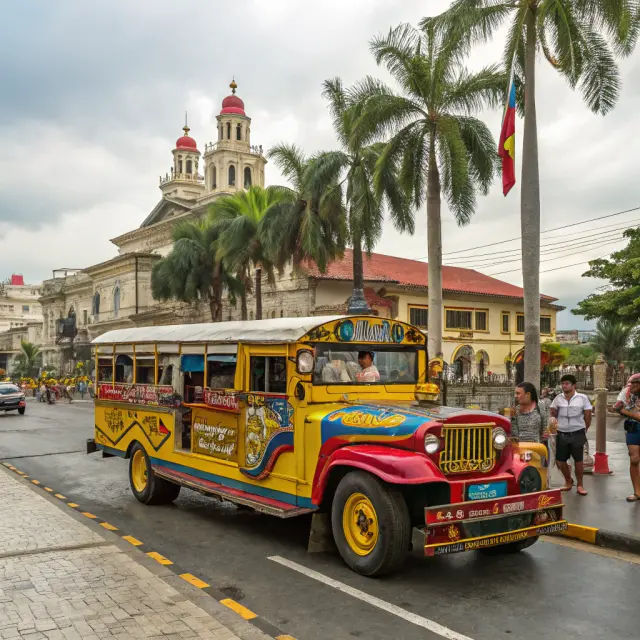Where is Pasig River
The Pasig River is a historically significant river in the Philippines, centrally located in the country’s capital region. It serves as a vital waterway linking Laguna de Bay to Manila Bay, traversing the bustling metropolis of Manila and its surrounding cities. The river extends approximately 25 kilometers, providing a natural division and connectivity for various urban districts.
History of the Pasig River
The Pasig River has been integral to the socio-economic and cultural development of the Philippines. Historically, it was a key artery for trade and transport during the Spanish colonial era and even before that as it links the bustling port of Manila Bay with Laguna de Bay, the largest lake in the Philippines. In its heyday, the Pasig River supported thriving communities and was the main route for goods and people.
Over centuries, urban development and industrialization drastically altered its landscape. By the 20th century, pollution levels had soared, leading to degradation in its water quality, prompting government-led rehabilitation efforts. Despite these challenges, the river remains symbolic, embodying the ecological resilience and historical depth of Manila.
Frequently Asked Questions
1. How long is the Pasig River?
The Pasig River stretches about 25 kilometers (15.5 miles) from Laguna de Bay to Manila Bay.
2. Which bodies of water does the Pasig River connect?
The Pasig River connects Laguna de Bay, the largest lake in the Philippines, with Manila Bay, a natural harbor that has been pivotal for the Philippines’ maritime activities.
3. What cities does the Pasig River run through?
The river runs through major cities such as Makati, Mandaluyong, Pasig, Marikina, Taguig, and Manila, among others.
4. Why is the Pasig River historically important?
As a major transportation route during the Spanish colonial period and earlier, it was essential for trade and communication, shaping the development of settlements along its banks.
5. What efforts have been made to clean the Pasig River?
Numerous rehabilitation projects and initiatives, such as those by the Pasig River Rehabilitation Commission, have been undertaken to restore the river’s ecological health.


